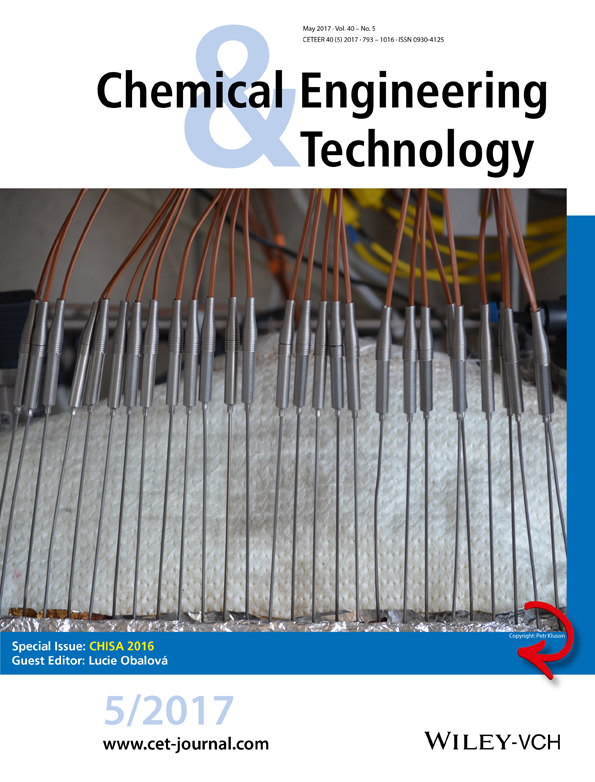Multiphysics Model of a Fluorine Electrolysis Cell
Abstract
Fluorine production results from the electrolysis of hydrogen fluoride-based molten salts. This process involves several intimately related phenomena, including two-phase flow, species transport, electrokinetics, and heat transfer. A multiphysics model was built in order to fully simulate this process and simulation results are compared to experimental data. The emphasis is placed on the process of solidification of the electrolyte on the cooling system and on mass transport close to the cathode. A complex link between bubble generation at the electrodes and species consumption has been highlighted.




